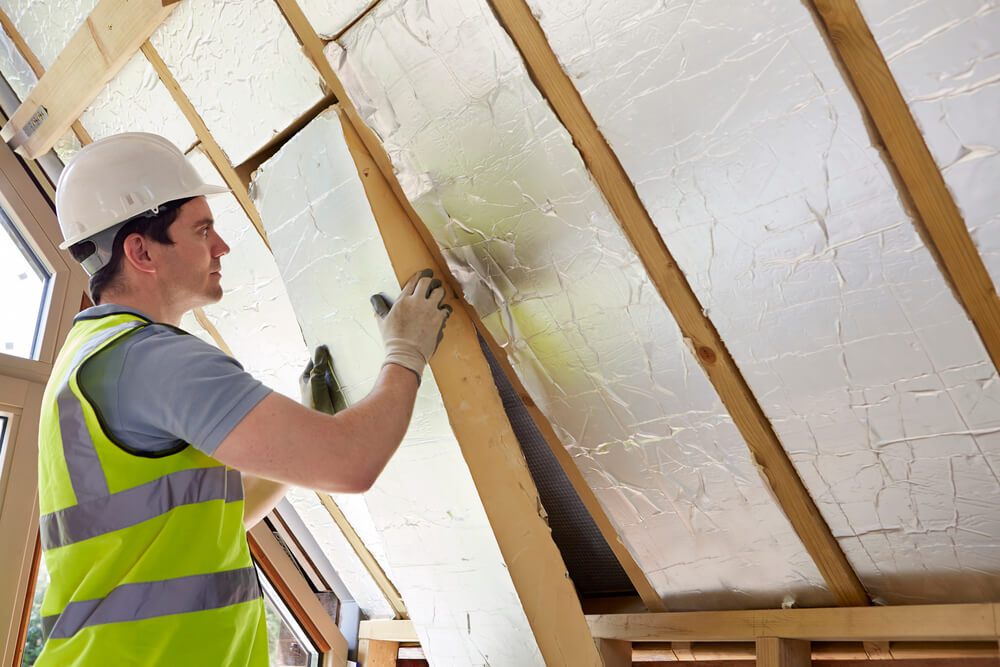Having a loft conversion comes with a lot of details that must be put into consideration. All these are necessary to put in place so that the conversion would end up really effective. As explained by Carai Lofts (http://carailofts.co.uk/), a contractor that provides loft conversions in London, by making such preparations, you can determine if your kind of loft is suitable for a conversion or not.
This would help you avoid costly mistakes before getting into it. After getting approval for your loft conversion, you need to speak with an expert to know the requirements, one of which is the kind of insulation that would be suitable to use in your loft conversion.
Why do you need insulation for your loft conversion?
Having your converted loft insulated is really necessary to keep the space warm and actually liveable. It wouldn’t be very efficient to go through the task of getting your loft converted to a functional room, only to find it too cold or exposed to spend a night in, or too absorbing of the heat from below. Thus, the kind of insulation to be used must be considered, as this would depend on the building structure, the height of the roof, the available funds, amongst other things.
Insulations used for loft conversion
In England, one of the requirements that you must adhere to is that the loft converted has to have the appropriate insulation for a liveable temperature, which is biologically and environmentally safe.
The insulation required for a loft conversion is either a warm loft insulation or a cold loft insulation. A warm loft insulation entails insulating the walls internally and externally so as to prevent drafts and loss of heat.
How do you know the best kind of insulation to use?
Well, the details might be more understandable to an expert. However, using good quality insulation for your loft is very essential. The type to be used would be based on the layout of the building, including the technical alterations that must be made.
According to the Building Regulations, the standards which insulation must have come in a measurement of U-values, which measures how much an insulation material works effectively.
Thus, the measure of insulation differs from one building or roof type to another, as well as from one loft conversion style to another. The regulations are now quite strict, in regards to following the prescribed insulation standards that must be used.
The U-value of the roof when having a loft must be no less than 0.18W/m2. By this, it is meant that you have around 270mm thick layer of wool or fibre insulation and 175mm of rigid board insulation. These are the laid-down standards that the loft conversion specialist has to observe.
Although a proper insulation might be a bit expensive, the overall reward comes in creating more room within your house for less than what a new house or room would cost.
Ways to install insulation
You should also note that the insulation for a roof can be done either internally or externally. Some roof structures require extra details, for instance a sloping roof.
This would take a lot of building expertise, and it can actually be insulated either way- internally or externally. The internal insulation which is basically just like adding a second layer to the ceiling, is a cheaper option.
However, you can opt for taking down the ceiling and then doing your insulation from the onset of re-roofing. The aim of insulation is usually to stop the transfer of heat from one room to the newly converted loft, and the effectiveness of the insulation material is determined by the U-value.
Generally, the appropriate insulation to use should include materials such as:
- 240mm layer of wool insulation or fibre insulation
- 165mm of PIR rigid foam board insulation.
- 250mm wool wood board
- 65mm foil face rigid insulation with a layered quilted product to be placed under the rafters.
- A Vapour Control Layer to help prevent condensation and moisture getting into the roof.
For the insulation work to be perfectly done, it has to be well-installed. If not well installed using the right materials, you might see some gaps between the insulation and the framework of the building. It is therefore vital that the insulation used for your loft conversion suits your roof type (flat roof or sloped roof), as well as other specifications.
Knowing this would help you determine if you need more or less insulation. It might even help you determine if converting your loft would be feasible or not.
Also proper insulation might require that the loft is made really airtight, while the roof structure above gets well-ventilated. These details would help in making the insulation effective, no matter what kind you are able to install.
For more information on how to get your loft conversion insulation perfectly done, simply click on any of the following links:

